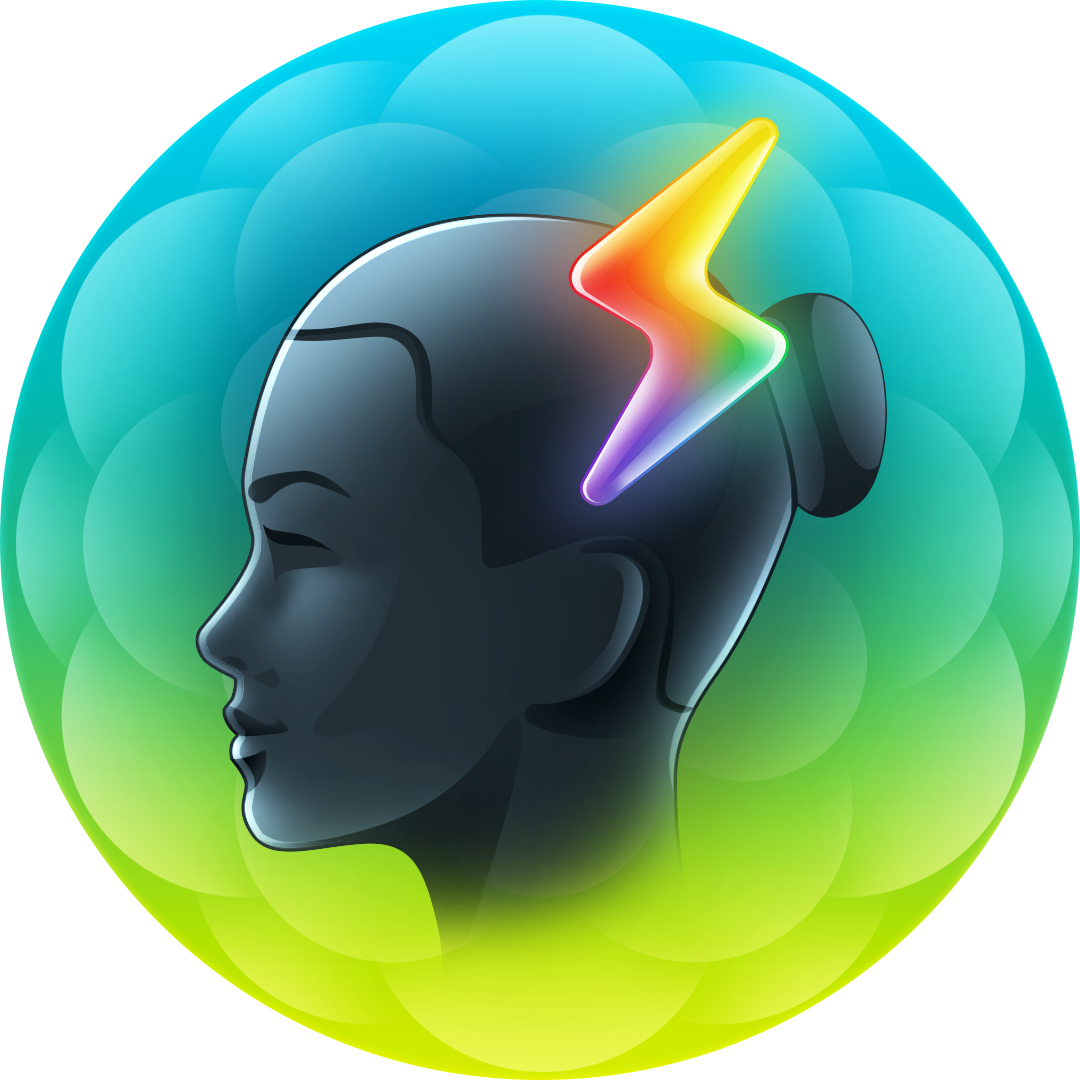

Identity is defined as who someone is. Although the definition is simple, a person’s identity can be quite complex. Your identity is shaped by who you are, what you like to do, your relationship with people around you, your culture and so much more.
Take a minute to write down or think about your identity. There are no wrong answers.
- Who are you?
- What do you like?
- How might your identity change over time as you get older?
Watch this video to learn more about identity:
Think about who you are. Answer these questions to help explain your identity.
- What communities do you belong to?
- What are your interests?
- What are your strengths?
- What do you like?
- How would you describe yourself?
A helpful way to visualize your identity is to think about it like an iceberg. There are some things people can know about you just by looking at you or quickly interacting with you, but there’s way more beneath the surface.
Check out this identity iceberg and draw your own using this template.
To create your identity iceberg:
Start by considering what things others might be able to tell (or assume) about your identity. Also think about the things that you tell folks right away about yourself, like your name. These would go at the top of the iceberg, above the water, since others notice them without having to really get to know you.
Then consider the parts of your identity that other people wouldn’t know unless you told them directly. For example, the languages you speak or family values that have shaped who you are.
Now take a moment to reflect:
- What was it like to create your own identity iceberg?
- How do you express all of the parts of your identity you wrote on your identity iceberg?
- Do you feel like your peers understand all of the parts of your identity? Why or why not?
- How might your identity iceberg change over time as you get older?
Upload a photo of your Identity Iceberg to complete this activity and earn a star.

